Baseball has a rich history in North America, and some of its most iconic moments have taken place in legendary ballparks. These historic stadiums have stood the test of time, hosting generations of fans and players alike. From the oldest standing parks still in use to those that are now memories of the past, each one holds a special place in the hearts of baseball lovers. In this article, we’ll explore some of the oldest and most storied ballparks in North America, highlighting their history, charm, and unforgettable moments. Let’s take a look at these timeless venues that have shaped the game of baseball.
Rogers Centre
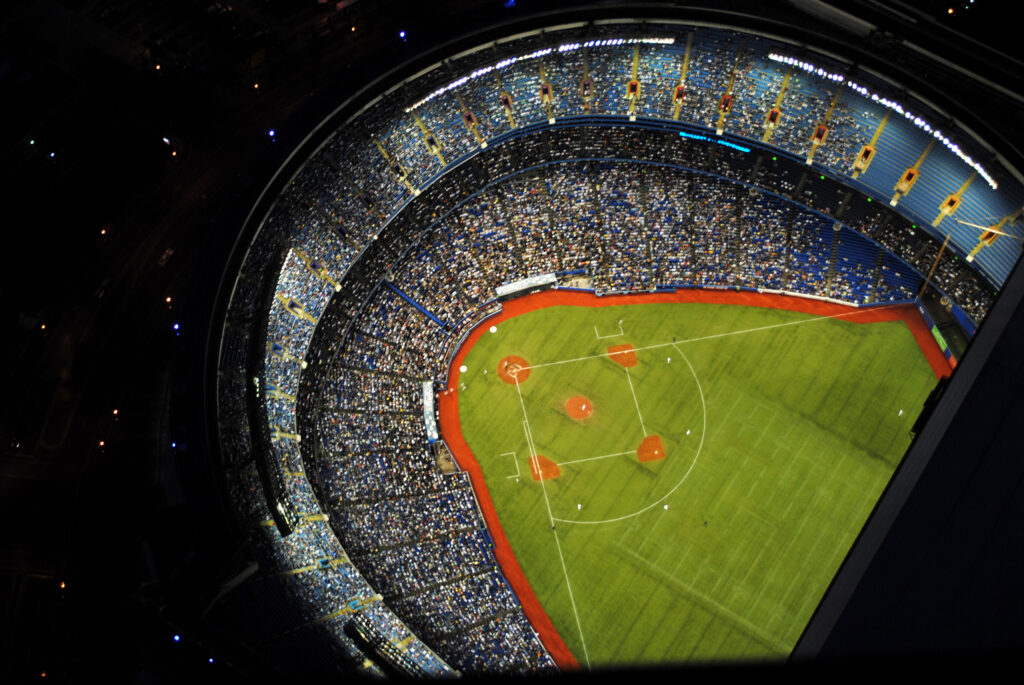
Rogers Centre, originally known as SkyDome, is located in Toronto, Ontario, and opened in 1989. It was the first stadium in the world to have a fully retractable roof, making it a landmark in stadium innovation. It has been home to the Toronto Blue Jays since its opening and has hosted several iconic baseball moments, including back-to-back World Series championships in 1992 and 1993. In addition to baseball, it hosts concerts, football games, and other major events, making it a multi-purpose venue. The stadium’s location next to the iconic CN Tower offers breathtaking views for fans, especially when the roof is open. Over the years, the ballpark has undergone several upgrades, but it remains one of the largest stadiums in Major League Baseball. Its innovative design was a game-changer when it opened and continues to be a marvel of modern architecture.
Kauffman Stadium

Kauffman Stadium, located in Kansas City, Missouri, opened in 1973 and has been home to the Kansas City Royals ever since. Known for its beautiful fountains and water features, it offers a unique experience for fans. Despite being one of the older parks in Major League Baseball, it remains one of the most picturesque venues in the sport. It has undergone numerous upgrades, most notably in 2009, to enhance the fan experience while preserving its classic feel. It is also known for its spacious outfield and the impressive Crown Vision scoreboard, one of the largest in baseball. The stadium has hosted two World Series, with the Royals winning in 1985 and 2015, making it a significant part of the franchise’s history. It continues to be a beloved ballpark for fans in Kansas City and beyond, offering both beauty and tradition.
Angel Stadium
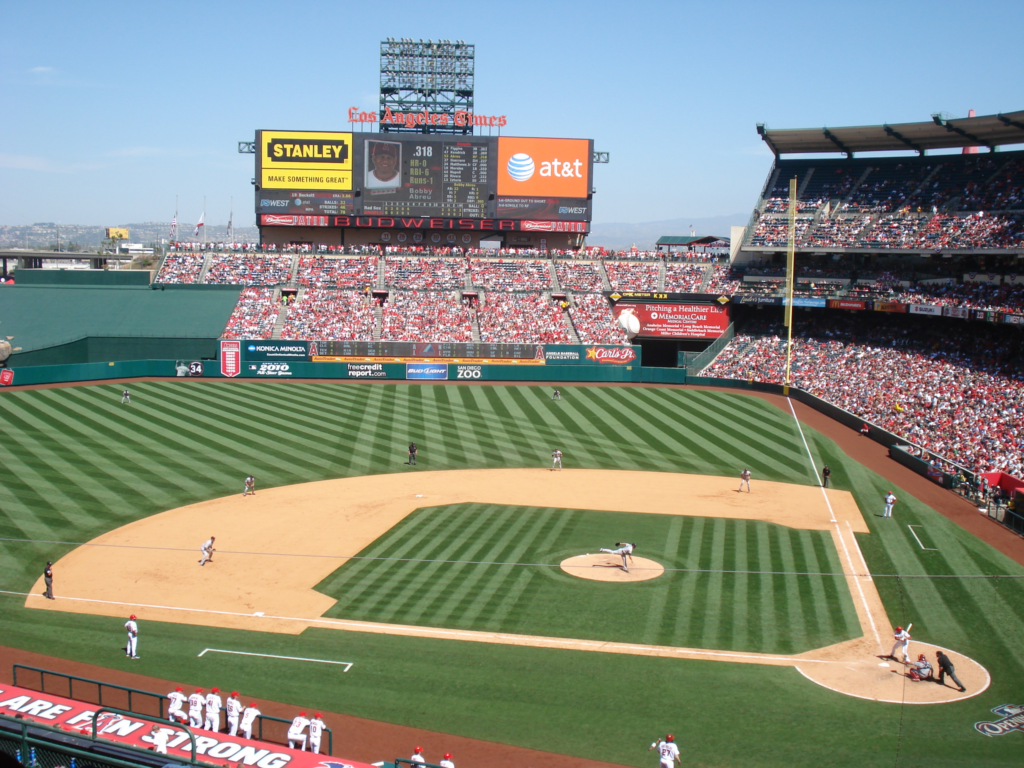
Angel Stadium, situated in Anaheim, California, opened in 1966 as the home of the Los Angeles Angels. Often referred to as “The Big A,” the stadium has undergone several major renovations over the years, but it still retains much of its original charm. It has hosted numerous postseason games, including World Series games, making it an integral part of California’s baseball history. One of its most recognizable features is the “Big A” sign, which originally stood in left field before being moved to the parking lot. The park’s rock formation in the outfield, installed in 1998, adds a modern touch to the classic venue. It is also known for its family-friendly atmosphere, attracting large crowds from across Southern California. While it’s not the oldest ballpark in the MLB, it is one of the oldest on the West Coast.
Dodger Stadium
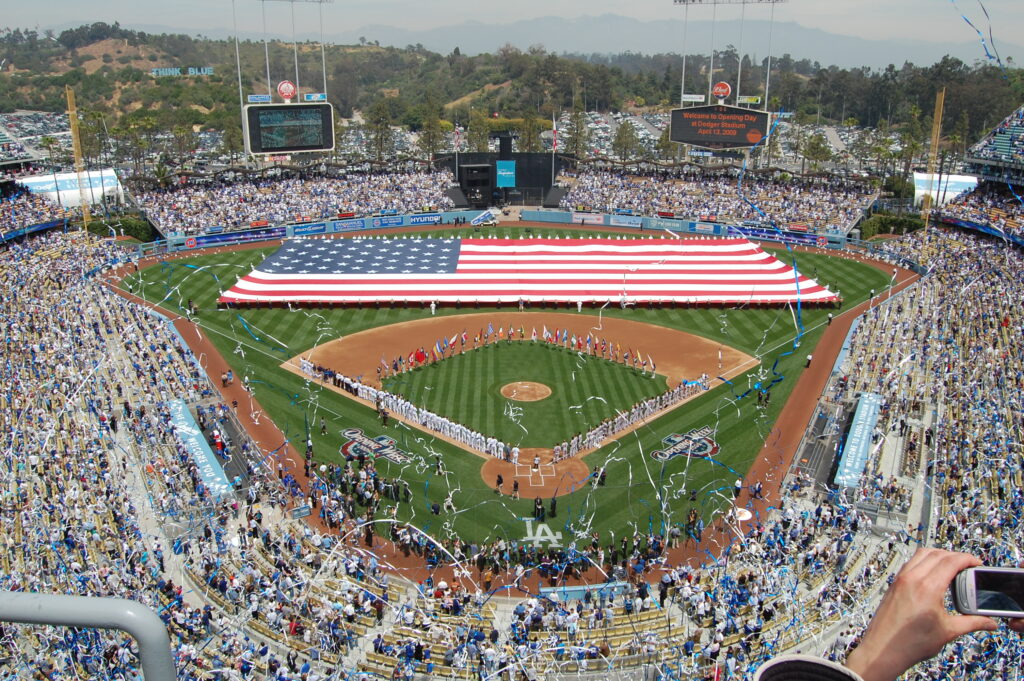
Dodger Stadium, located in Los Angeles, California, is the third-oldest ballpark in Major League Baseball, opening in 1962. It is known for its picturesque setting with views of the San Gabriel Mountains and downtown Los Angeles. Home to the Los Angeles Dodgers, it is the largest MLB stadium by seating capacity, holding over 56,000 fans. Despite its size, it maintains a fan-friendly atmosphere with excellent sightlines throughout. The ballpark has hosted several World Series, All-Star Games, and countless memorable moments, including Sandy Koufax’s perfect game in 1965. With its mid-century modern architecture and well-maintained features, it has aged gracefully. It remains a favorite among fans and players alike, offering a mix of historic charm and modern amenities.
Yankee Stadium (Old)
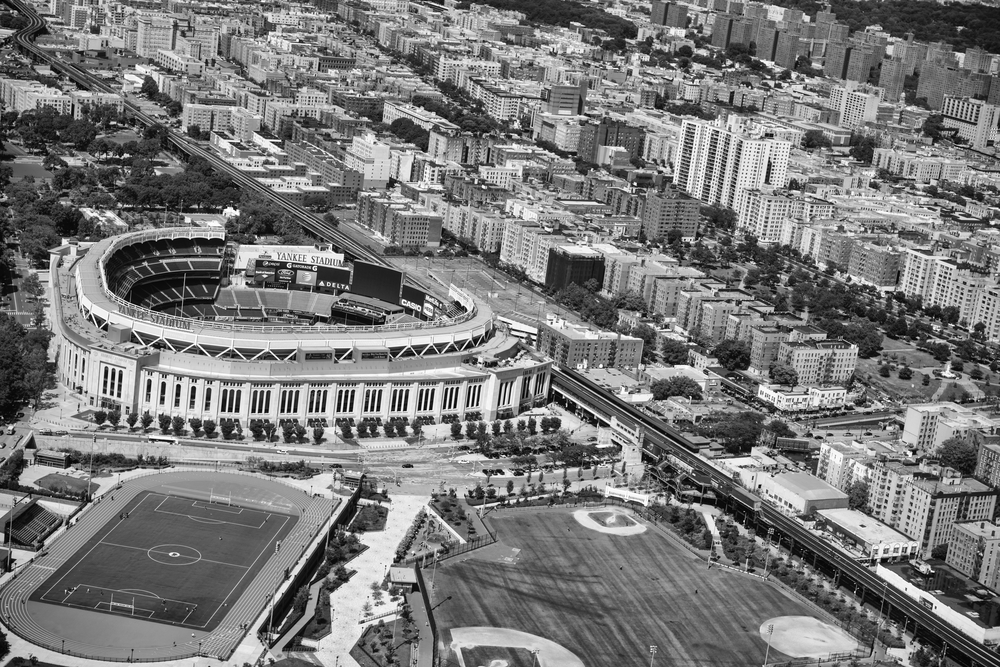
The original Yankee Stadium, located in the Bronx, New York, opened in 1923 and was known as “The House That Ruth Built” in honor of the legendary Babe Ruth. It was home to the New York Yankees for over 80 years and witnessed some of the most iconic moments in baseball history. The original Yankee Stadium hosted 37 World Series, the most of any ballpark, solidifying its status as a baseball cathedral. It underwent major renovations in the 1970s, but much of its original structure and charm remained intact. Over the years, it became synonymous with winning, with the Yankees securing 26 championships during its tenure. Although it was replaced by the new Yankee Stadium in 2009, the legacy of the old stadium lives on. It remains one of the most storied ballparks in baseball history, with countless legends making their mark on its field.
Wrigley Field

Wrigley Field in Chicago, Illinois, is the second-oldest Major League Baseball stadium, opening its gates in 1914. Originally called Weeghman Park, it became Wrigley Field in 1926 when the Wrigley family purchased the Chicago Cubs. Known for its ivy-covered brick outfield walls, it is one of the most iconic and picturesque ballparks in baseball history. Located in the heart of Chicago’s north side, the ballpark retains its traditional feel with its manual scoreboard and intimate setting. Fans love the rooftop views from buildings across the street, a unique feature to Wrigley. It underwent major renovations in recent years but remains largely true to its early 20th-century design. It is also home to the famous “bleacher bums,” who add to the electric atmosphere during games. The Cubs’ historic 2016 World Series win brought additional prestige to this already beloved ballpark.
Ebbets Field

Ebbets Field, located in Brooklyn, New York, opened in 1913 and was the home of the Brooklyn Dodgers until 1957. Known for its quirky dimensions and passionate fan base, it was the site of many historic moments in baseball history, including Jackie Robinson breaking the color barrier in 1947. The intimate ballpark was beloved by fans, with its unique character and close proximity to the field making it one of the most exciting places to watch a game. Despite its relatively small size, it left a lasting impact on baseball history, particularly through the Brooklyn Dodgers’ success in the 1940s and 1950s. When the Dodgers moved to Los Angeles in 1958, the ballpark was demolished, but it is still remembered fondly by fans and baseball historians as a symbol of a bygone era in New York baseball. Though it is long gone, its legacy lives on, particularly through the stories of Jackie Robinson’s groundbreaking career and the Brooklyn Dodgers’ influence on baseball culture. It was demolished in 1960, and a housing complex now stands in its place.
Tiger Stadium

Tiger Stadium, located in Detroit, Michigan, originally opened as Navin Field in 1912 and was home to the Detroit Tigers for nearly a century. Known for its intimate setting and towering upper deck, it was a fan favorite for generations. It hosted some of the most memorable moments in baseball, including numerous World Series games and iconic performances by legends like Ty Cobb and Al Kaline. It was also known for its deep outfield dimensions, making it one of the most challenging ballparks for hitters. Despite its aging infrastructure, fans loved the ballpark’s old-school charm and atmosphere. It was replaced by Comerica Park in 2000, but its legacy continues to be celebrated by Tigers fans. Although it no longer stands, the spirit of the stadium lives on in Detroit baseball history.
Fenway Park
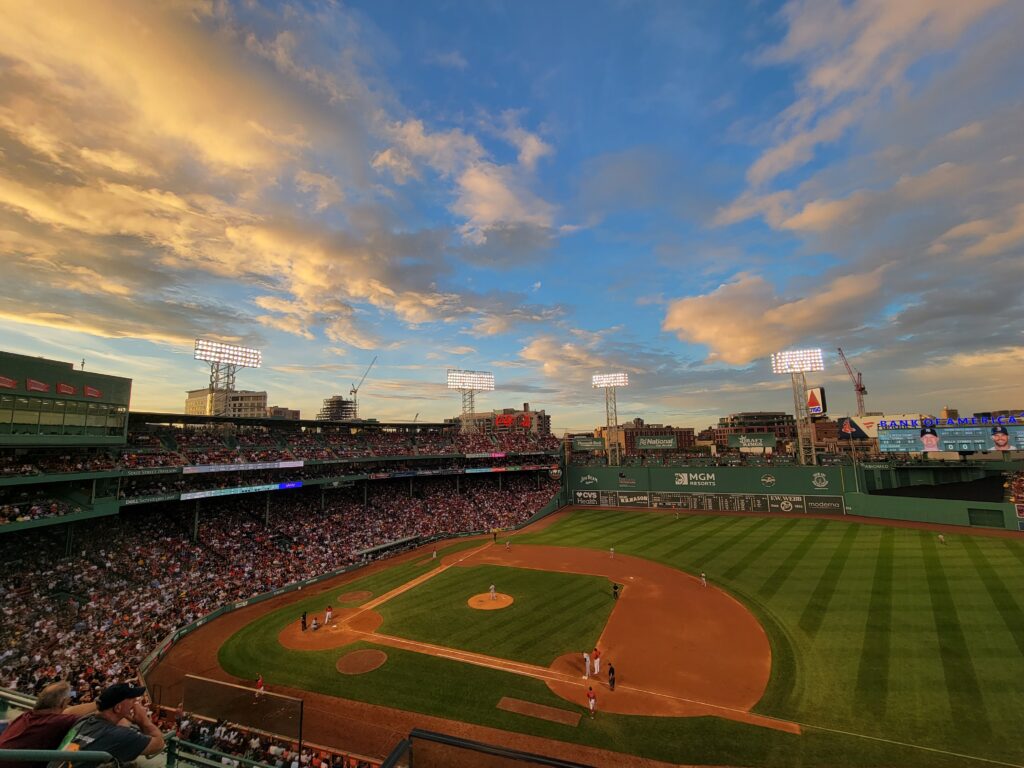
Fenway Park, located in Boston, Massachusetts, has been the home of the Boston Red Sox since 1912. Known for its iconic “Green Monster” in left field, it is the oldest active Major League Baseball stadium in North America. Despite its age, it remains beloved by fans and players alike, offering a historic atmosphere that is unlike any other ballpark. Over the years, the stadium has undergone numerous renovations, yet it has retained its original charm. It hosted several iconic events, including World Series games and concerts, adding to its storied legacy. The field is relatively small compared to modern ballparks, but it makes up for it with unique quirks like Pesky’s Pole and the Triangle. Although it has seen many changes, it continues to be the heart of baseball in Boston. Today, the park stands as a national treasure, drawing visitors from all over the world.
Comiskey Park (Old)
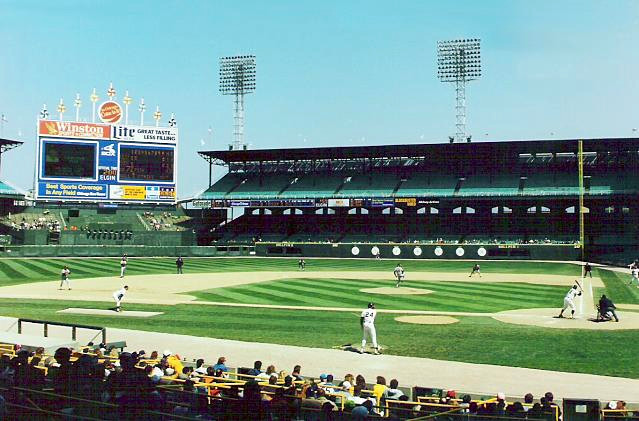
Comiskey Park, located on the south side of Chicago, opened in 1910 as the home of the Chicago White Sox. It was one of the oldest ballparks in Major League Baseball until it was replaced by the new Comiskey Park (now Guaranteed Rate Field) in 1991. Known for its spacious outfield and double-decker grandstands, it hosted several historic moments, including the infamous 1919 Black Sox scandal. It was also the site of the first All-Star Game in 1933, adding to its baseball legacy. Over the years, the ballpark underwent various renovations, but its original charm and character remained a defining feature. It was one of the few ballparks to host both baseball and football games, further cementing its place in Chicago sports history. Despite being demolished, its memory lives on in the hearts of White Sox fans and baseball historians alike.
This article originally appeared on Rarest.org.
More from Rarest.org
11 Plants That Have Developed Unique Defenses to Survive

Plants have developed a fascinating array of defense mechanisms to survive in their environments. From physical barriers like thorns and hairs to chemical compounds that deter or harm predators, these adaptations help protect them from herbivores and environmental threats. Read More.
10 Largest Mosques in the World

Mosques are not just places of worship but also architectural marvels that represent the cultural, spiritual, and artistic heritage of the Islamic world. Across the globe, these structures stand out for their immense size, intricate designs, and historical significance. Read More.
21 Historic Architectural Feats That Defied Expectations
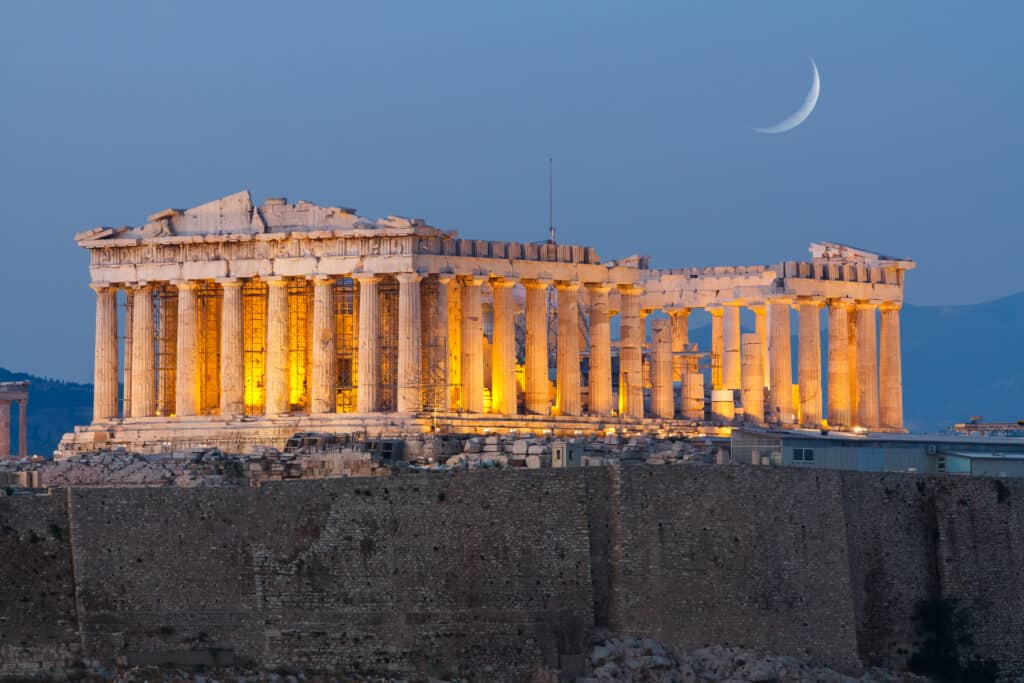
Throughout history, certain architectural wonders have pushed the boundaries of design and engineering. These structures not only amazed the world during their time but continue to inspire awe today. Read More.
